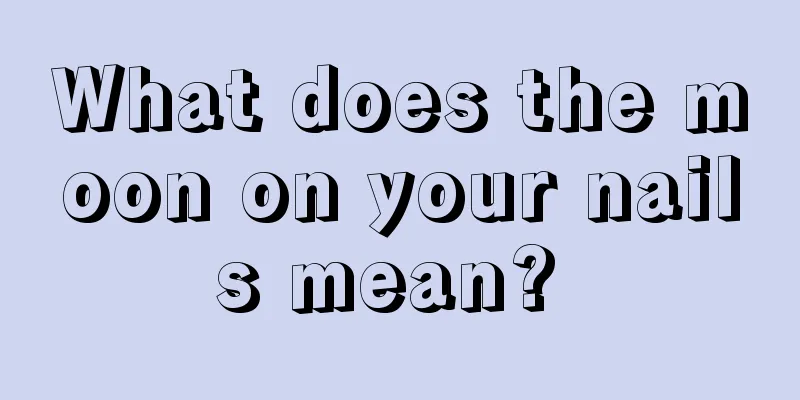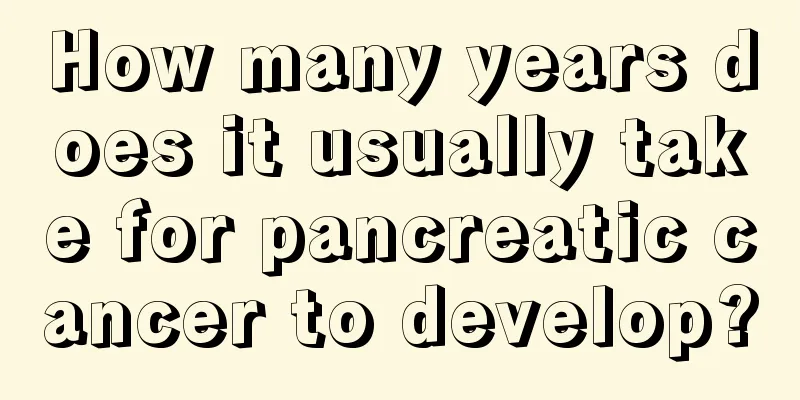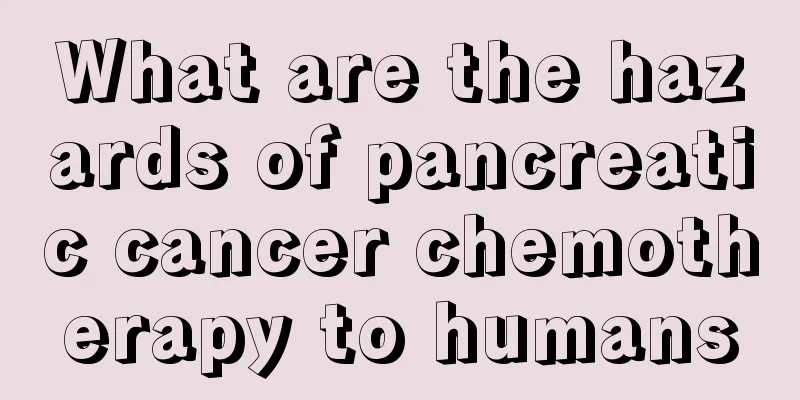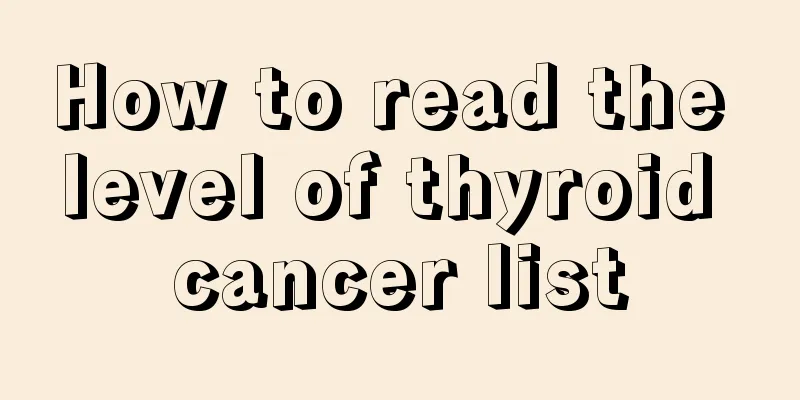Causes of fast heart rate in the morning

|
A fast heart rate is a very common symptom. Generally speaking, there are two types of fast heart rate. One is physiological, such as excessive emotions or intense exercise, which can cause a fast heart rate. In addition, some heart diseases, mental illnesses, or symptoms such as hyperthyroidism can cause a person's heart rate to be too fast. Pathologically fast heart rate requires treatment. Below, I will introduce you to the relevant knowledge about fast heart rate. 1. Causes Physiological factors: such as excitement, exercise, etc. Disease factors: such as abnormal cardiac conduction, viral myocarditis, hyperthyroidism, etc., which are related to lack of exercise and mental factors. Currently, only symptomatic supportive treatment is needed, combined with diet and moderate exercise. 2. Inspection You can go to the hospital for an electrocardiogram to rule out atrioventricular bypass (preexcitation syndrome). Pathological tachycardia can be divided into two types: sinus tachycardia and paroxysmal supraventricular tachycardia. The characteristic of sinus tachycardia is that the heart rate accelerates and decelerates gradually, and usually the heart rate does not exceed 140 beats per minute. Most people without organic heart disease usually have no obvious discomfort, but sometimes have symptoms such as palpitations and shortness of breath. Paroxysmal supraventricular tachycardia can reach a heart rate of 160 to 200 beats per minute and is characterized by sudden onset and sudden cessation. It can occur in patients with or without organic heart disease. During an attack, the patient suddenly feels panic and has a faster heart rate, which lasts for several minutes, hours or even days, and then suddenly returns to normal heart rate. 3. First aid methods Here are a few methods you can try: 1. Ask the patient to cough loudly. 2. Ask the patient to take a deep breath, hold his breath, and then exhale forcefully. 3. Fingers irritate the throat, causing nausea and vomiting. 4. Ask the patient to close his eyes and look down, and use his fingers to press the upper part of the eyeball under the eye socket, starting with the right eye. At the same time, take your pulse and count your heart rate. Once the tachycardia stops, stop the compression immediately. But be sure not to use too much force. Press for 10 minutes each time. If pressing on one side is ineffective, switch to the other side. Avoid pressing on both sides at the same time. Contraindicated in patients with glaucoma or high myopia. At the same time, take propranolol or propranolol tablets orally. If the above methods do not provide relief and the patient still feels dizzy. If you have cold sweats and cold limbs, you should go to the hospital for treatment immediately. |
<<: The efficacy and function of fluorite
>>: What is dental sealing medicine
Recommend
What's wrong with my hard stomach
When a woman is pregnant, if she feels any discom...
What beverage can relieve spiciness? It turns out it's this
In recent years, with the popularity of Malatang ...
Symptoms of heavy dampness, it is important to detect and treat dampness early
If there are some abnormal symptoms in the body, ...
What does it mean to have a birthmark on your shoulder?
Everyone must be familiar with birthmarks. After ...
Air conditioning dehumidification principle
If the air conditioner is used for too long, it n...
Explain important dietary considerations for bone cancer
In order to minimize the damage caused by bone ca...
How much does it cost to drain the abdominal fluid for liver cancer
How much does it cost to treat ascites? This ques...
Overview of Systemic Lupus Erythematosus
In my biology book in middle school, I saw an int...
How to relieve bad temper during menstruation
Female friends have many complications during the...
Purine causes gout, you need to know these three misunderstandings
If you do not pay attention to the high purine co...
Is aluminum sulfate a precipitate?
Aluminum sulfate is a chemical substance that usu...
What are the benefits of patting the belly
Although many people are skeptical about the patt...
Why is blood sugar high after a meal? It is caused by these five reasons
High blood sugar has become the most common disea...
How to treat liver cancer
Liver cancer patients generally have a hot consti...
How to use a pumice stone
The foot is an organ that the human body uses for...









